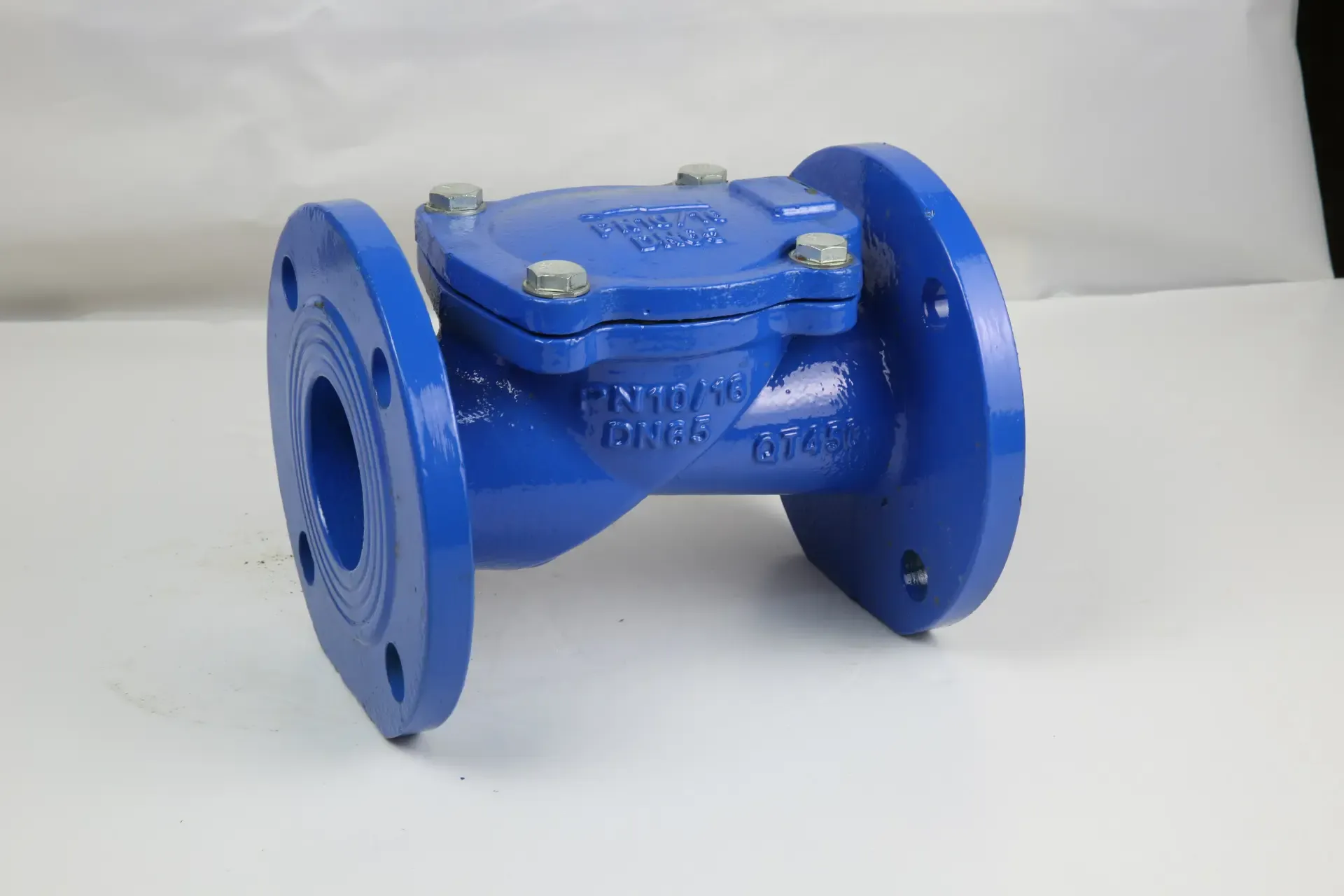dec . 24, 2024 02:03 Back to list
Exploring Various Types of Control Valves and Their Applications in Industrial Settings
Different Types of Control Valves
Control valves play a vital role in various industries, from oil and gas to water treatment and chemical processes. These devices regulate the flow and pressure of fluids, ensuring that systems operate efficiently and safely. There are several different types of control valves, each designed for specific applications and conditions. Understanding these types can help operators and engineers choose the right valve for their needs.
1. Globe Valves
Globe valves are commonly used for throttling and regulating flow. They have a spherical body and an internal baffle that divides the flow path, creating a resistance that helps control the fluid's flow rate. Globe valves can be operated manually or automatically, and they offer good flow control characteristics. However, they can create more pressure drop compared to other types, making them less suitable for high-flow applications.
2. Ball Valves
Ball valves are characterized by a spherical disc, known as a ball, with a hole through its center. When the valve is opened, the ball rotates to allow fluid to flow through. Ball valves provide quick opening and closing, making them ideal for systems requiring swift on/off control. They are typically used in applications where full flow is necessary and are known for their durability and reliability. However, their ability to throttle flow is limited compared to globe valves.
Butterfly valves use a rotating disc to control fluid flow. As the disc turns, it either allows or restricts flow through the valve. These valves are lightweight and compact, making them suitable for large piping systems. They are commonly used in applications involving large volumes of fluid, such as water distribution and HVAC systems. Butterfly valves can provide efficient flow control with relatively low pressure drop.
different types of control valve

4. Gate Valves
Gate valves are designed primarily for on/off control and are not typically used for throttling purposes. They consist of a sliding gate that moves up or down to block or allow flow. Gate valves are suitable for applications requiring minimal pressure drop when fully open. However, their slow operation and inability to control flow effectively make them less desirable for systems that require precise regulation.
5. Check Valves
Check valves, also known as non-return valves, ensure that fluid flows in one direction only, preventing backflow that can cause equipment damage and system inefficiencies. They are widely used in various applications, including pumps, compressors, and piping systems. Check valves can be designed in various configurations, such as swing check, lift check, and ball check, each suited for specific conditions.
6. Pressure Relief Valves
Pressure relief valves are crucial for protecting systems from overpressure situations. They are designed to open at a predetermined pressure to release excess pressure and prevent potential equipment damage or catastrophic failures. These valves are commonly found in applications like boilers, pressure vessels, and pipelines, ensuring the safety and integrity of the system.
Conclusion
In conclusion, the selection of the appropriate control valve type is essential for the efficiency and safety of fluid control systems. Globe, ball, butterfly, gate, check, and pressure relief valves each serve unique purposes and are suited to specific applications. By understanding the characteristics and functions of these different types, engineers and operators can make informed decisions, ensuring optimal performance and longevity in their systems.
-
thread-plug-gauge-our-promise-of-measurement-excellenceNewsAug.22,2025
-
gauge-pin-class-reflecting-quality-legacyNewsAug.22,2025
-
check-valve-types-for-high-rise-buildingsNewsAug.22,2025
-
water-control-valve-for-irrigation-systemsNewsAug.22,2025
-
gate-valve-with-soft-seal-technologyNewsAug.22,2025
-
y-type-strainer-for-oil-and-gas-applicationsNewsAug.22,2025
Related PRODUCTS









